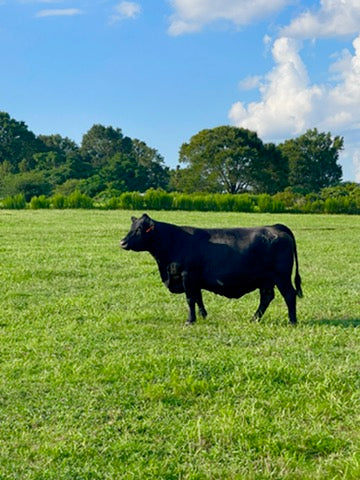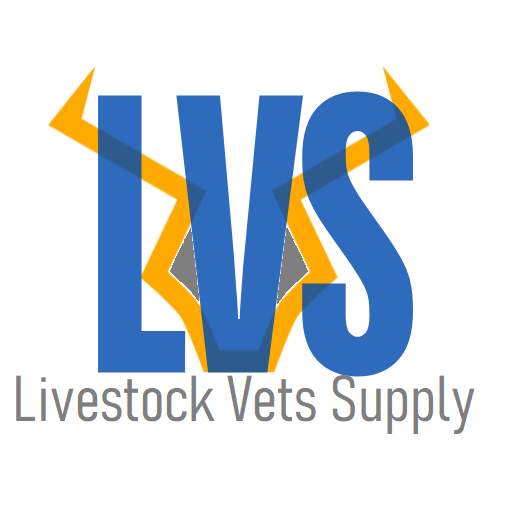
When do I need to worm my cattle?
Share
Everyone has different goals in mind when it comes to their cattle operation. Each situation will call for a specific worming regiment. Each person should work closely with a vet to make sure the program their using is working for their cattle! There are many products on the market to effectively worm cattle, and there are some specially formulated for use with dairy cows. Make sure you do your research to ensure you're using the right products! Here we will give you a general guideline to go by on how often to worm them.
For Cow/Calf Operations
Fall
- Deworm when Cattle are moved off pasture at the end of the grazing season or after the first frost in areas where cattle remain on pasture year-round.
Spring
- If fall treatment was not given after killing frost, deworm at turnout or grass green-up and again six to eat weeks later.
- If treated in fall after the killer frost, deworm the cow and her suckling calf six to eight weeks after spring grazing begins.
Mid-Summer
- In southern regions, a second summer deworming given six to eight weeks after the first spring deworming may be economically warranted because of high parasite populations and transmission.
For Stocker Operations
Spring/Summer
- Deworm cattle at the beginning of the extended grass growth (or at turnout)
- Follow with a second treatment three to four weeks later.
- Finish with a third treatment three to four weeks after second deworming
Winter
- A deworming treatment at turnout will, in most cases, provide control for the winter grazing season.
- A second treatment in three to four weeks is recommended if there is a possibility of pasture contamination at turnout.
For Dairy Operations
- Dairy cows exposed to moderate or high levels of parasites or grazing pastures should receive treatment at freshening and again after 6 weeks.
- Dairy cows exposed to low levels of parasites only need to be treated at freshening or as a herd once a year, ideally in late fall.
